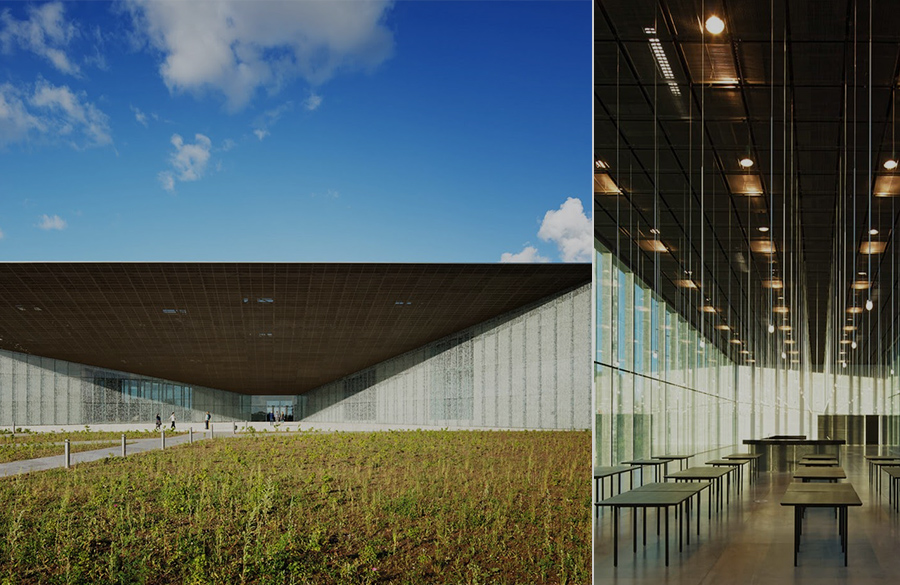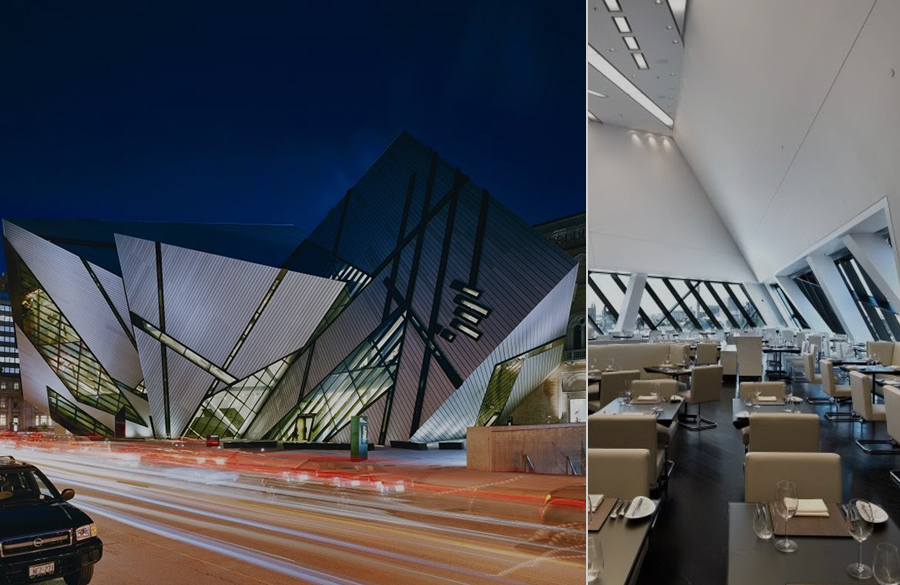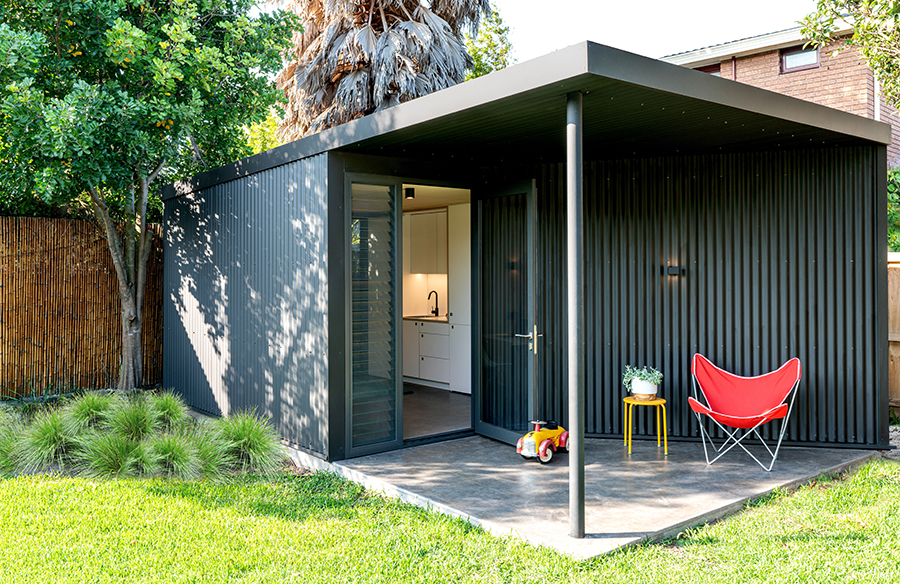Museums have transitioned from being a historic warehouse in the city to becoming an icon of identity for a whole culture, having transformed into a civic landmark on a local as well as international scale. This quality of a modern cultural space was depicted in the winning entry of the international competition for the design and execution of the Estonian National Museum. The project was led by an international collaboration of architects, known as DGT Architects -Dan Dorell, Lina Ghotmeh, Tsuyoshi Tane.
The challenge for the architects was not only to confer a design for a new museum but also to give the community space with all the attributes of a museum of the 21st Century, considering it not only as a storage and exhibition space but also a space for social interaction and cultural recognition.

During World War II, Estonia was occupied and annexed first by the Soviet Union and subsequently by the Third Reich, only for the government to be dissolved and recaptured by the Soviet Union in 1944. Since its independence on 20 August 1991, Estonia joined the European Union in 2004 and embarked on a journey of social and economic reform. The creation of the new Estonian National Museum, located in the city of Tartu, was a testament to the quest to enliven a sense of pride in national identity and a unique cultural history along with the establishment of Estonian language, literature, theatre, and music, as well as the formation of Estonia’s national identity.
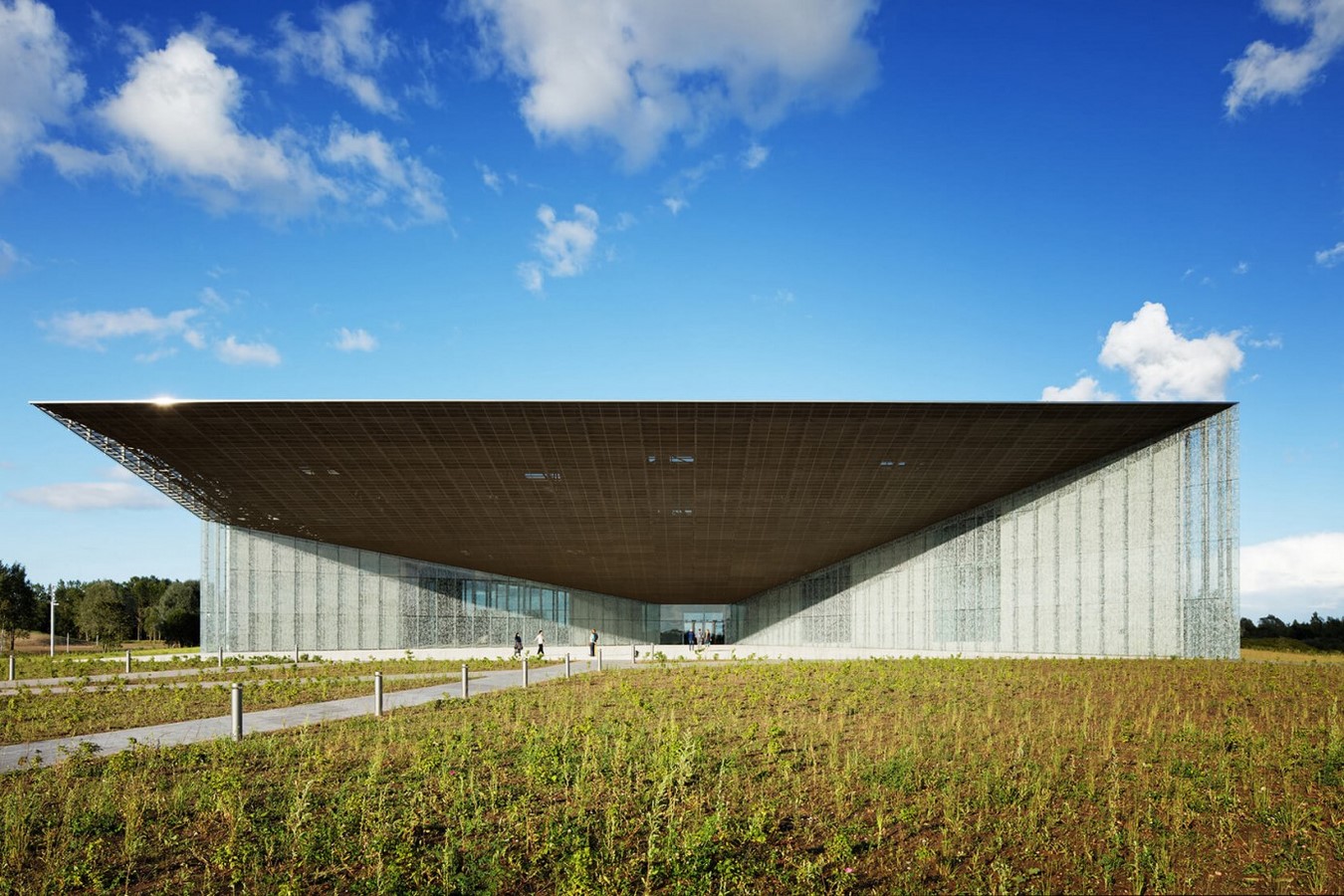
The design brief called for the design and execution of a 34,000 m² building, housing a collection of 140,000 objects. The vast interpretation of DGT Architects challenged this brief with their proposal of changing the site to where it currently stands on a former Soviet military base – a physically present ‘ruin’ of a painful history. The architects stated that the new Museum should play an essential role in the
The new site attested a spatially unique place, the slight inclination of the land was countered by a large angled roof escalating from a height of 3m to 14m. The ramp-like structure came to be seen as a continuation of the airfield – its roof lifting and reaching into the skies. This roof connects the two main accesses that link symbolically the “new” with the “old”. A huge entrance is recessed into the tallest part of the building provides a free view to the interior so that the users can fully understand the length and scale of the building. “The structure resembles a glass wedge inserted into the landscape that slowly reaches upward from the ground – a built allegory for the country’s emerging history,” the Architects commented in an interview with Dezeen.
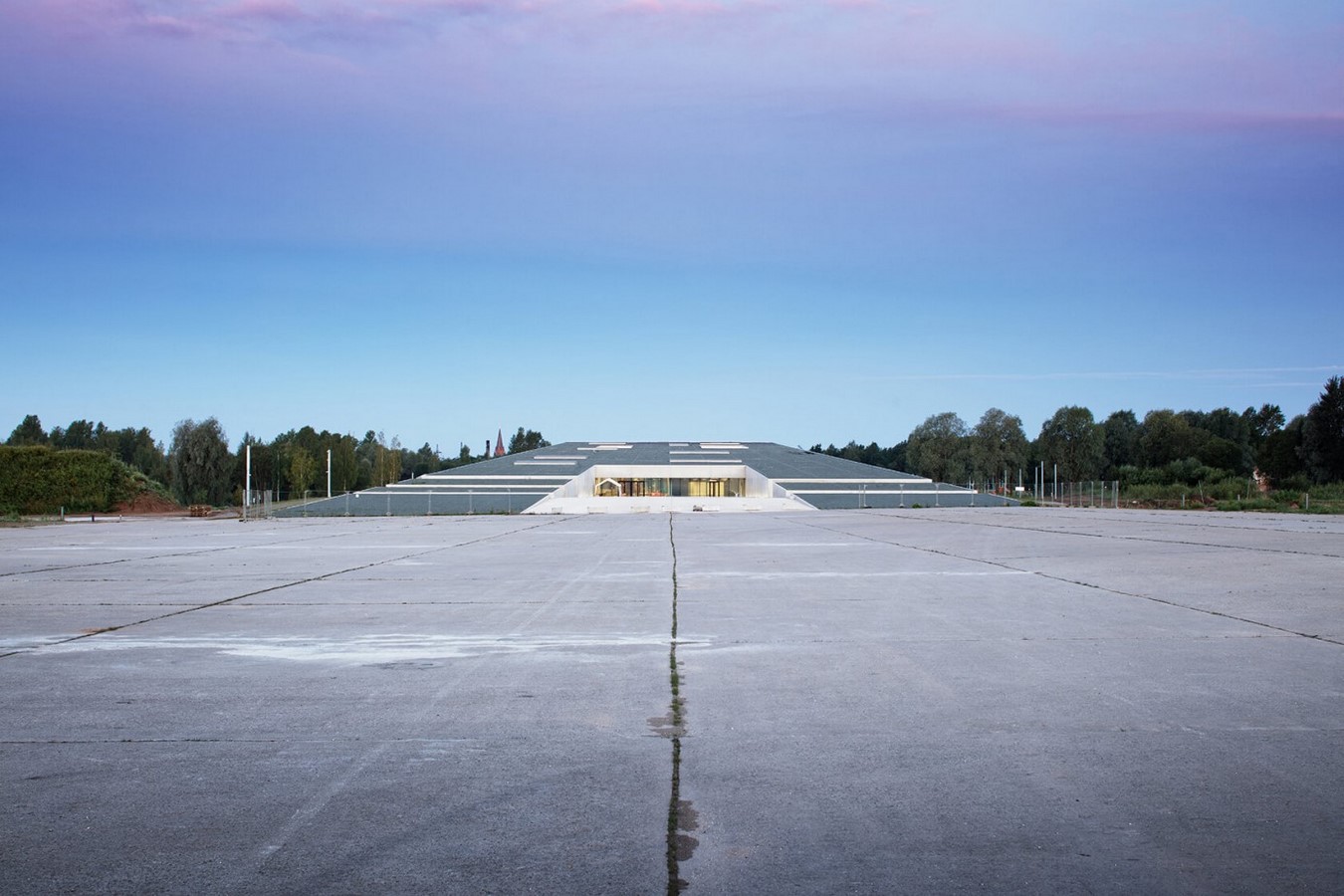
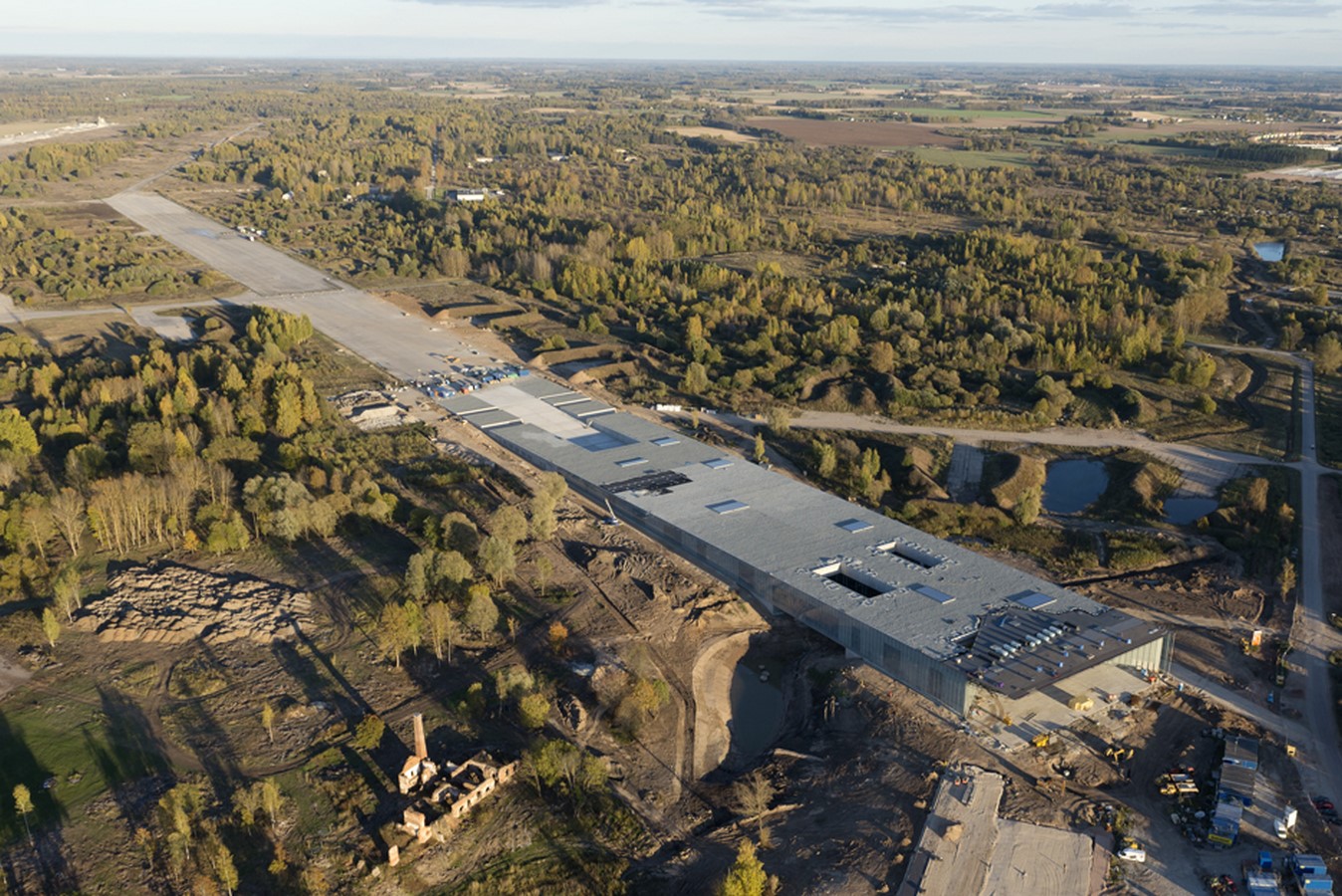
The choice of materials harmonized with the climate and the national landscape. The outer skin of the building was clad translucent layers that maintain a connection with the surrounding landscape. The glass facade protects from the extreme weather conditions. The three layers of glass help regulate the temperature and allow direct sunlight inside through the building’s south facade where the main public access regions like exhibition halls and the sheltered spaces are located. “Wide openings allow indirect natural light on the north facade where exhibitions and public spaces are located,” Dorell added in an interview with Dezeen, “In the south part of the building, all offices, libraries, and education classes take advantage of the sun irradiation.”
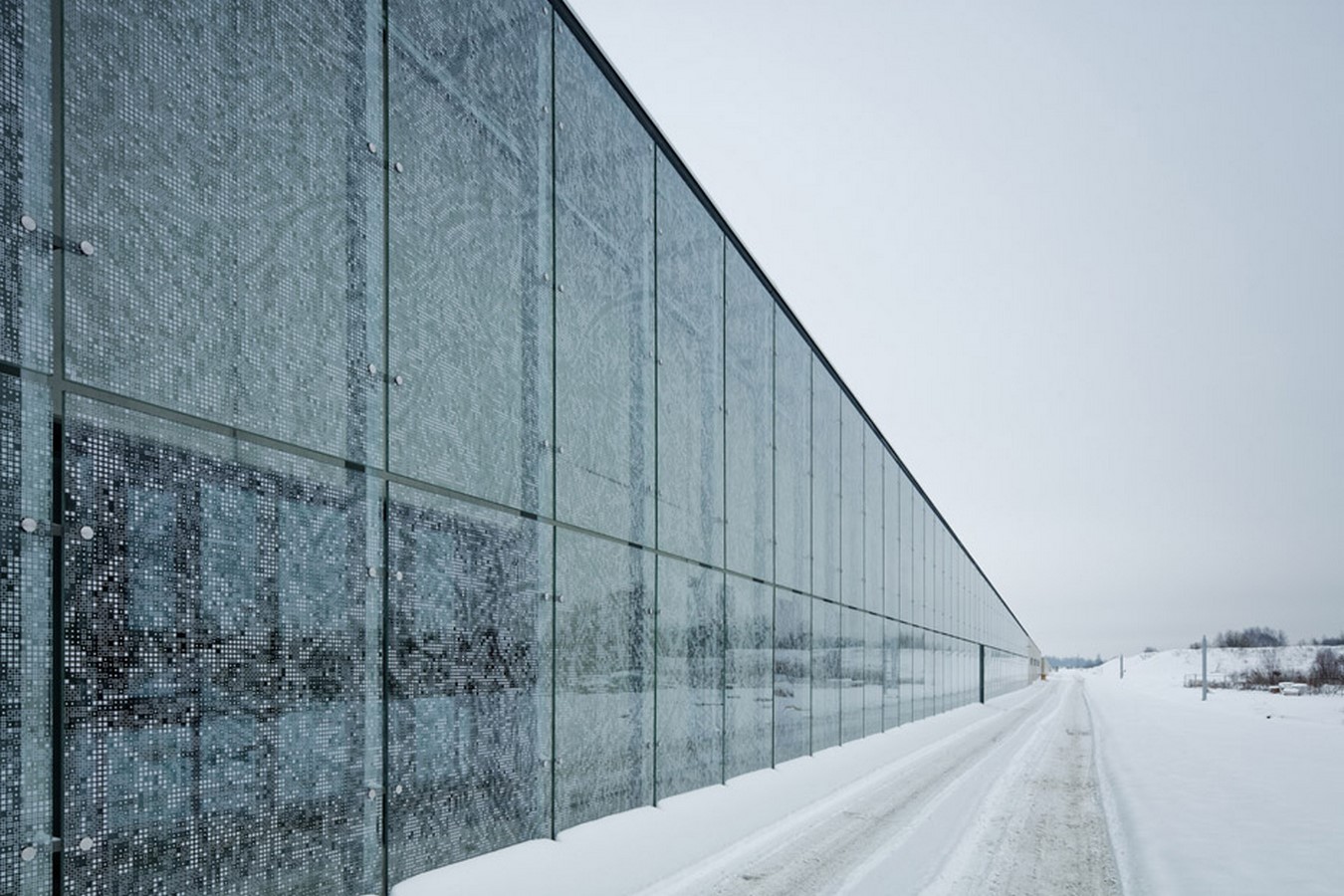
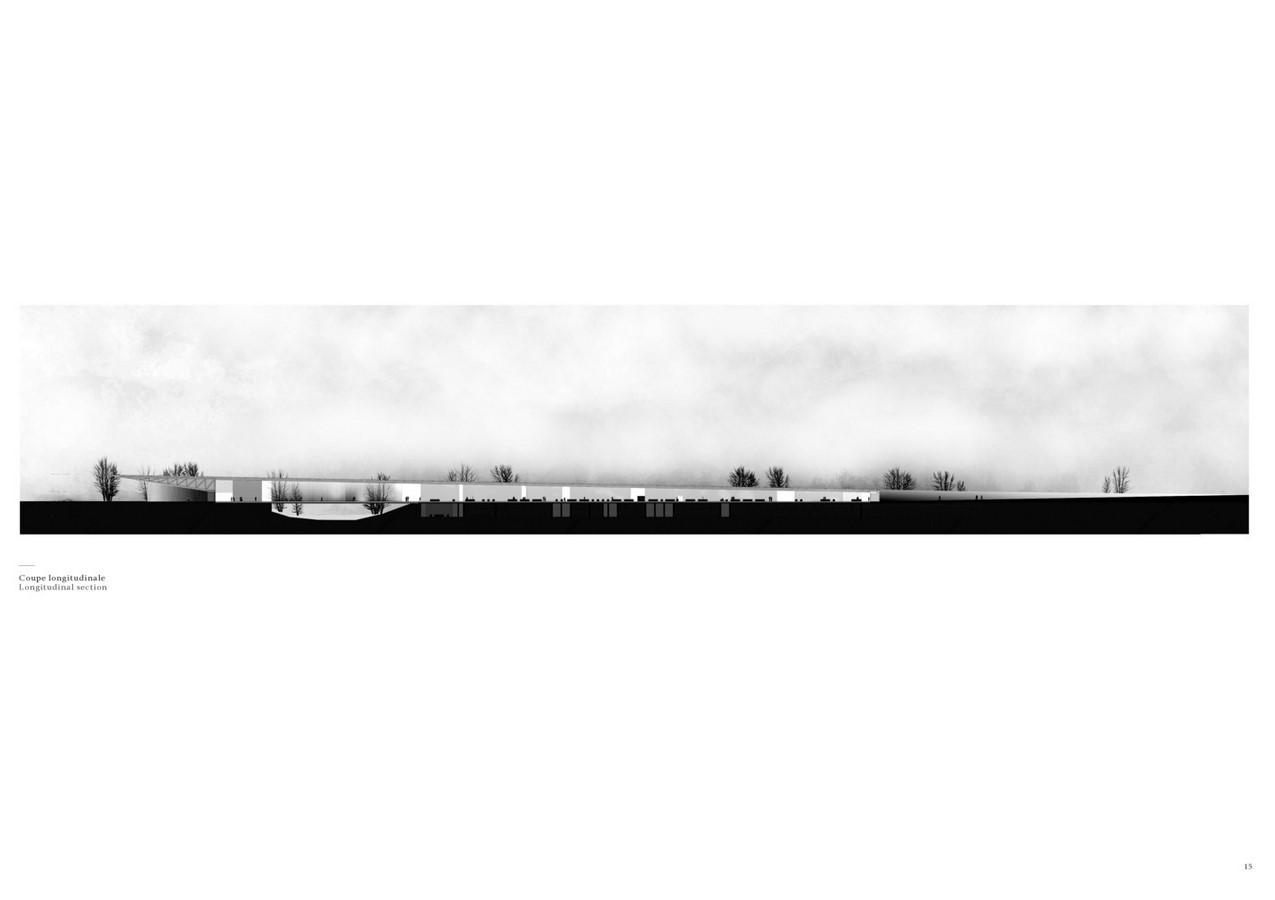
The curtain wall further provides a sculptural finish to the façade. A printed motif of an abstracted cornflower, Estonia’s national flower, gives the curtain walls a frosted appearance. “The star draws on an abstraction of the cornflower, the national Estonian flower, and reflects on Estonian folk heritage,” architect Lina Ghotmeh stated in an interview with Dezeen, “In the winter snow, the building invites the surrounding landscape within its skin, hence sensitively decomposing its monumentality.”

The glass structure encloses gallery spaces, a conference hall, public library, auditoriums, education rooms, offices, and storage space for the museum’s collections on the inside.
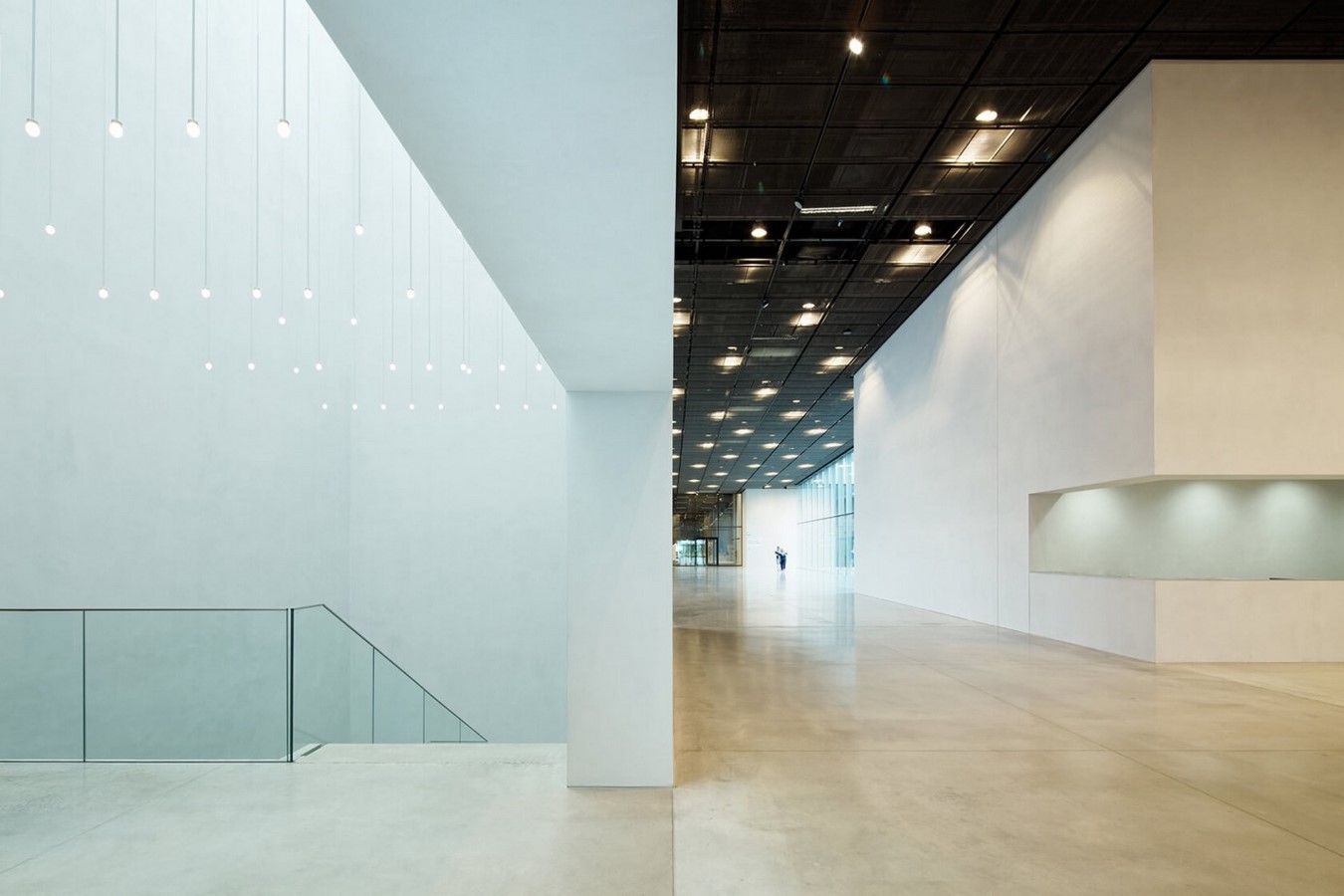
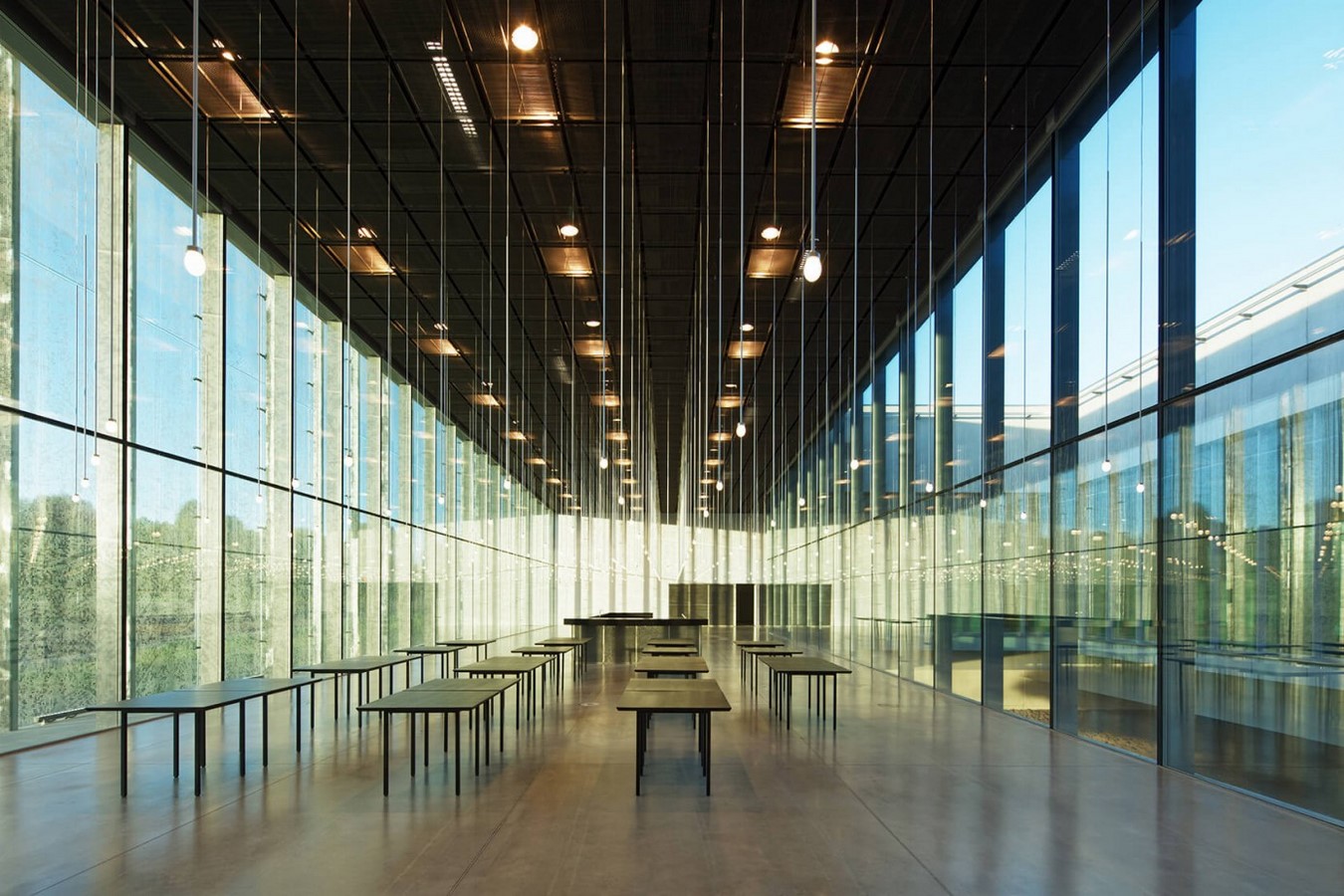
“We changed the landscape,” Tsuyoshi Tane added in an interview with Dezeen,. “We joined two lakes into one where the building became a bridge to fly across 40-meter spans. There was nothing on this site, but after 10 years, it is impressive to see that the massive airfield transforms to become a place for people”, referring to Raadi lake, which is visible through the glass walls and provides a site for activities including ice skating in winter and boating in the summer.
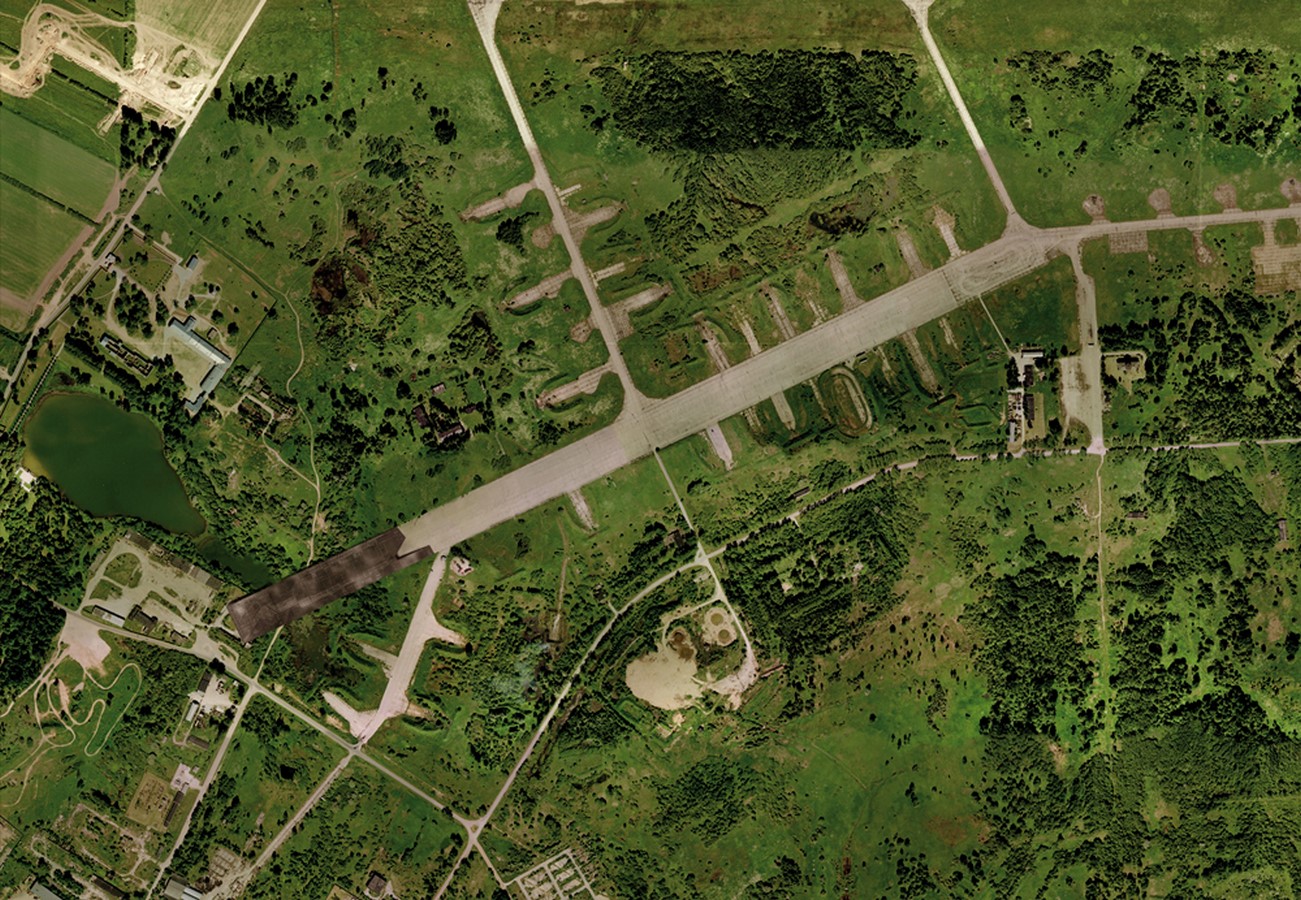
Today, ENM is the most modern museum of Europe in form and content and continues to garner international recognition for its inauguration in 2016.


